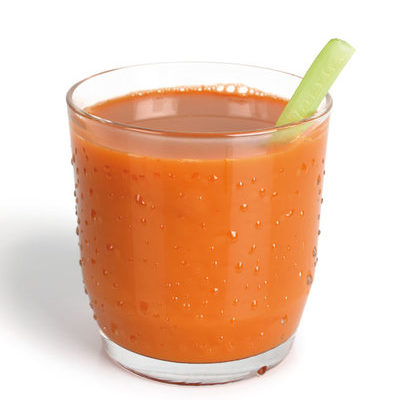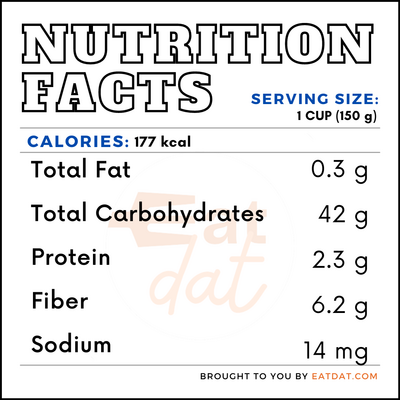
Yam Juice
What is Yam Juice?
Yam juice is a natural juice derived from yams, which are part of the family of root tuber vegetables. Yams come in various sizes and have a cylindrical shape. Due to their appearance, people often mistake yams for sweet potatoes.
- While they are both root tuber vegetables, there are some noticeable differences between them.
- The color of the flesh inside of yams can be red, purple, or dense white.
Sub-Saharan Africa produces 54 million tons of yams on 4.6 million hectares annually.
Here are six popular uses for yam:
- Yamarita
- Yam balls
- Baked yam and cheese
- Yam porridge
- Boiled yam and egg sauce
- Pounded yam
Origin of yam juice
Yams have their origin in the Caribbean, Asia, and Africa. As a matter of fact, the word yam originates from the African word “nyami”. Today, it is possible to find yams all over the world; however, 95% of yam cultivation takes place in West Africa. Yams usually get imported into the US through the Caribbean. Recently, yams have become popular in juicing due to their flavor and significant health benefits.
Nutrition
A 100g serving of yam contains:

Yams are the main component in yam juice, which has shown to offer the following health benefits:
- This juice is rich in manganese and potassium. These two elements are important for healthy bones and body metabolism.
- It contains vitamin C, which can boost the immune system.
- The antioxidants in yam juice can reduce the risk of cancer.
- It can reduce the kind of inflammation that may lead to other conditions like heart disease and obesity.
- This can improve your appetite and boost weight loss.
- This juice can even protect against certain drug-resistant bacteria.
Nonetheless, yam juice can also have its downsides. For instance, wild yams may contain some toxins that taste bitter. These types of yams are also called bitter yams. You should not use these kinds of yam for your juice as they contain water-soluble alkaloids. These compounds can lead to severe symptoms and in serious cases, death may occur.
Application
It might not be easy to find true yams in American stores, as many people mistake them for sweet potatoes. Bear in mind that sweet potatoes have a sweet taste, while yams do not. Yams also contain more starch than sweet potatoes. Furthermore, the inside of a yam is less moist than the inside of a sweet potato. If you want to buy real yams in the US, it’s best to go to Asian and African grocery stores.
When you are buying these tubers, select yams that are firm and have no cracks or holes. Good yams should also not be wet when you touch them. It is best to store yams in a cool, dry, and properly ventilated place and check them regularly for any signals of spoilage. It is a bad idea to store raw yams in the refrigerator, as doing this will only speed up their decay.
Commercial production
Yam juice is not currently commercially produced. Here are the steps for making yam juice at home:
- Peel the yam and cut into slices that fit inside your juicer.
- Wash the yam slices with clean water.
- Use a juicer to juice the yam.
- You can wash, slice, and add other nutritious fruits to your yam juice.
- Add the entire mixture to a blender with ice. Blend according to your taste.
Yam juice recipes
Yam juice is just one of the many ways to use these tubers. Here are some recipes to can try out:
- Candied Yams
- Candied Yam and Marshmallow Bake
- Southern Candied Yams
- Slow-Cooker Candied Yams
- Instant Pot Yam Fries
FDA regulation
The Food and Drug Administration classifies yam as a raw agricultural commodity. The FDA regulates this vegetable’s growing, harvesting, and packaging. Furthermore, the organization has guidelines that detail the reference amount of potatoes and sweet potatoes or yam consumed per occasion. These tuber-related products can either be plain, fresh, frozen, or canned, as stated by the FDA. Manufacturers of these foods must convert the reference amount to the label serving size in a household measure.
References
MS, Cheri Bantilan. “11 Health and Nutrition Benefits of Yams.” healthline.com, Healthline Media, 5 Aug. 2019, www.healthline.com/nutrition/yam-benefits.
Express, Oja. “Selecting and Storing Yams.” medium.com, Medium, 23 Apr. 2018, medium.com/@OJaExpress/selecting-and-storing-yams-4b40adaa79f2.
